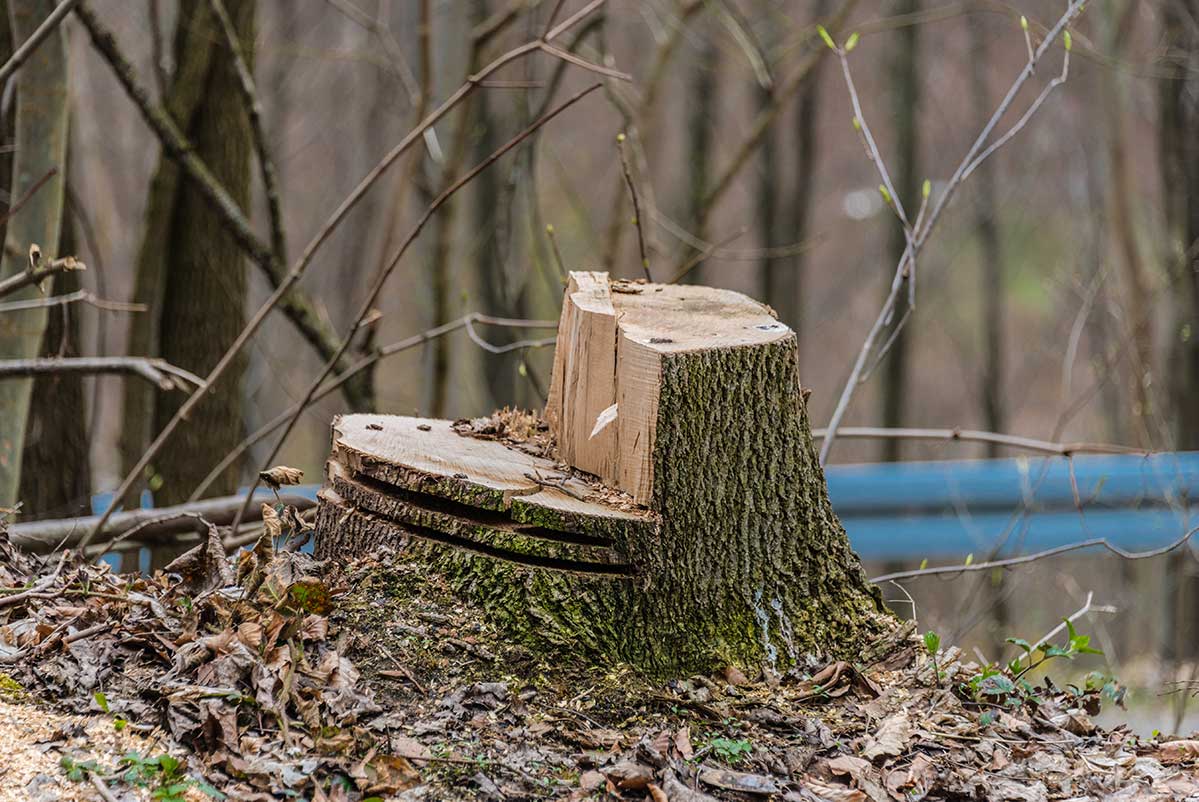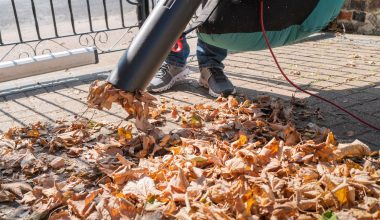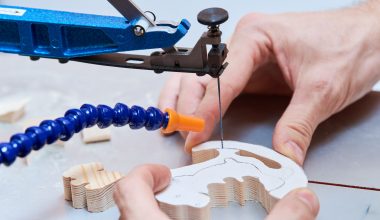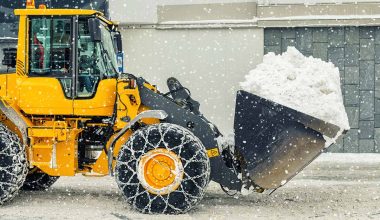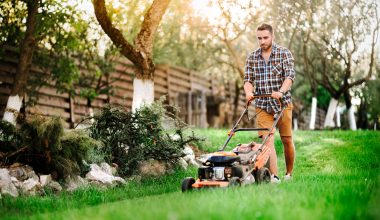Many chainsaw owners receive little or no formal training about how to use their new chainsaw to cut down a tree. In this article we’ll discuss the basics – from how to assess the tree before you fell it, all the way to cutting it up into firewood. Lets don our chainsaw chaps and get into it!
Safety First
Many woodsmen have stories to tell about the loss of a friend or family member while felling trees. It’s extremely dangerous, and you should always work within your comfort zone. Start with very small trees and work your way up. Never take on anything you are uncomfortable with – there is no shame in hiring a professional with a chainsaw.
Assessing A Tree
Before you go ahead and fell a tree, you need to take a look at it carefully and assess the while situation. Here are some of the questions you should ask yourself:
- What shape is the tree? Which way is it leaning? Does it hold a lot of mass on one side?
- Which way is the wind blowing?
- Is there a safe direction in which to fell the tree?
- Is there a safe escape route for me to take when the tree falls?
- Are there any people or anything that could be in the way?
- Is the tree healthy or rotten? (Never fell a rotten tree)
To fell a tree effectively, you need to be completely comfortable with your answers to all of those questions. If there is a risk of the tree falling on you or someone else then do not begin.
You should be looking to fell the tree in the direction it is leaning in order to do it most cleanly. Ideally the wind should not interfere with that, and the weight of the top of the tree should lend to it falling in the desired direction.
Felling The Tree
To fell the tree, you will first cut a wedge into the tree on the side which it will fall on. Cut at the widest part of the tree possible. You first cut should be a horizontal cut, ¼ to a 1/3 of the way through the tree. Don’t cut any deeper than that. Next make a second cut, starting approximately 6 inches above your horizontal cut, and cutting downwards to meet your first cut and form a wedge. Knock any excess wood away and out of the wedge with a small axe.
Now the tree is close to falling, so make sure your escape route is clear and you are safe to proceed. You will trace around from the point at which you started your second cut to the back of the tree (about 6 inches above your first cut). From this height, cut carefully into the tree. When you approach the middle, put a wedge into the saw gap so you don’t pinch your saw. Remove the saw and stand back. If necessary, give the wedge a gentle knock and the tree should fall.
Limbing The Tree
Once the tree has fallen, various limbs and branches will still be attached. Your next job is to remove them before you buck it, or cut it up into firewood. Although the main risk has passed, you should still be very cautious at this stage as many accidents can happen.
Work your way along the tree, standing on one side with the saw on the other. Pay special attention to how the branches are tensioned or loaded before you cut them to avoid pinching your chainsaw. Remember, you should always be cutting on the side under tension so the saw doesn’t pinch.
Remove branches along the top and sides first before you progress to lower branches. Remember they could still be supporting the tree, and you don’t want the tree to fall suddenly and land on your foot.
Bucking The Tree
Now you’re ready to start cutting the tree into firewood sized logs – a process called “bucking”. Work your way down the tree from the top to the bottom (the largest logs last). You should again be very conscious of pinching your saw – so you will probably want to cut from the top side of the branch down. The exception is if the trunk is being pushed up from the tips, then you want to proceed from the bottom.
Cut logs off in 12-inch lengths, ready for splitting. Carefully work your way down the tree, and roll logs away before cutting the next one. Always make sure you have a steady footing, and check nothing is under the tree when you cut through. It’s always best to cut logs that are above the ground – as cutting into the ground can dull and damage your chainsaw – so avoid it at all costs.
If you need to remove a length of the tree to cut it up afterward – that is always an option. There might be situations where it’s more helpful to do that rather than chopping off 12-inch logs the whole way down the tree.
The US Agricultural Safety & Health Centers have produced a very helpful video explaining the process, which we have included below.
